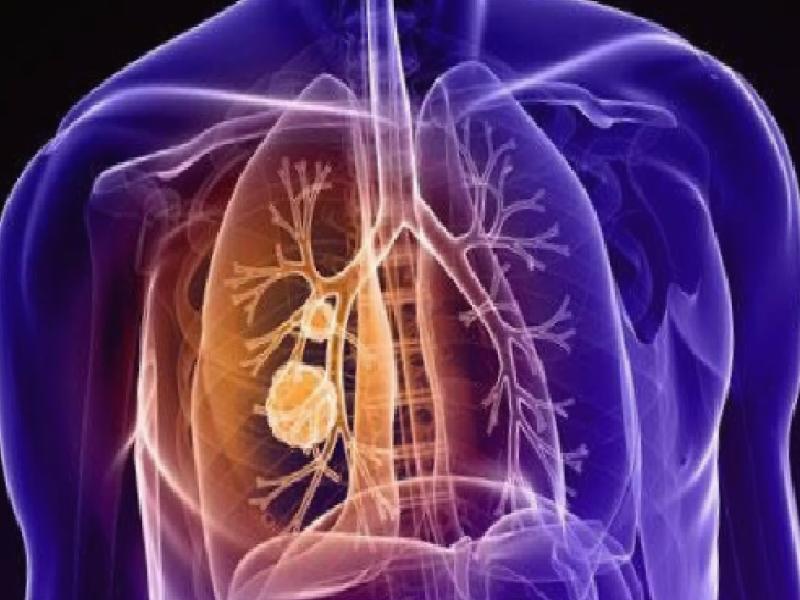
CANCER PAIN
Every year, 8 million people are diagnosed with cancer in the world, and nearly 5 million people die due to cancer. Depending on the type of cancer, approximately 80% of these patients suffer from severe pain. It is estimated that approximately 4 million people every day suffer from pain due to cancer alone. When the patient and their relatives are taken into consideration, it becomes clear that cancer pain is one of the most important and common health problems in the world.
Causes of pain in cancer
In most cancer cases, pain is caused by the tumor itself. The progression of cancerous tissue by growing and destroying the surrounding tissues can cause pain. This pain may be caused by the cancerous tissue itself, or it may be the result of the spread (metastasis) of the tumor cells to the surrounding tissues. If the tumor tends to grow, it causes pain by putting serious pressure on the surrounding nerves, bones and organs.
Pain is not caused solely by the growth of the existing tumor itself. At the same time, various chemicals secreted by cancer cells and tissues can cause severe pain. Therefore, attempts to shrink the tumor are the first priority in the treatment of cancer pain.
Chemotherapy, radiation and surgical methods used for cancer treatment are other factors that can cause cancer pain. Surgery itself is a painful procedure, and the pain associated with surgery may decrease and pass over time. Radiation therapy, on the other hand, can cause burn-like pain in the area where it is applied and painful scar formations in the tissues. Depending on the drugs used in chemotherapy, some side effects can be seen, up to nerve damage.
How is cancer pain treated?
Various methods are used in the treatment of cancer pain. The most important thing is to eliminate the factor that causes pain. This is a correct surgical intervention, chemotherapy and radiation treatments are applied. If these treatments cannot be performed or are insufficient, pain relievers and interventional pain management methods can be applied. Painkillers are administered with the ladder system explained by the World Health Organization.
In cases where the patient has mild pain, drugs such as aspirin and paracetamol, which are defined as simple pain relievers, are used.
In cases where the patient has moderate pain, drugs with stronger analgesic effects, called weak opioids, are used.
In cases where the patient complains of very severe pain, morphine-type drugs, which are the strongest pain relievers, are used.
In cases of pain that does not improve with the treatments in the first three steps, interventional pain management methods are applied.
Since these drugs can be taken orally, they provide ease of use for the patient. However, if it is deemed necessary for persistent pain, it is also possible to administer these drugs intravenously, rectally, or in the form of patches attached to the skin.
If the above-described drug treatments and pain treatment are insufficient, special interventional pain management methods can be applied. These are the treatment methods that prevent the transmission of pain to the brain with various nerve blocks. Among these treatments, the most commonly used methods are the interruption of pain transmission with systems such as catheters, ports or pumps placed in the spinal cord area, or the permanent desensitization of the nerves with advanced pain treatment methods applied to the affected nerve areas.
With all these pain treatment applications, it is possible to treat nearly 90% of cancer-related pain.

